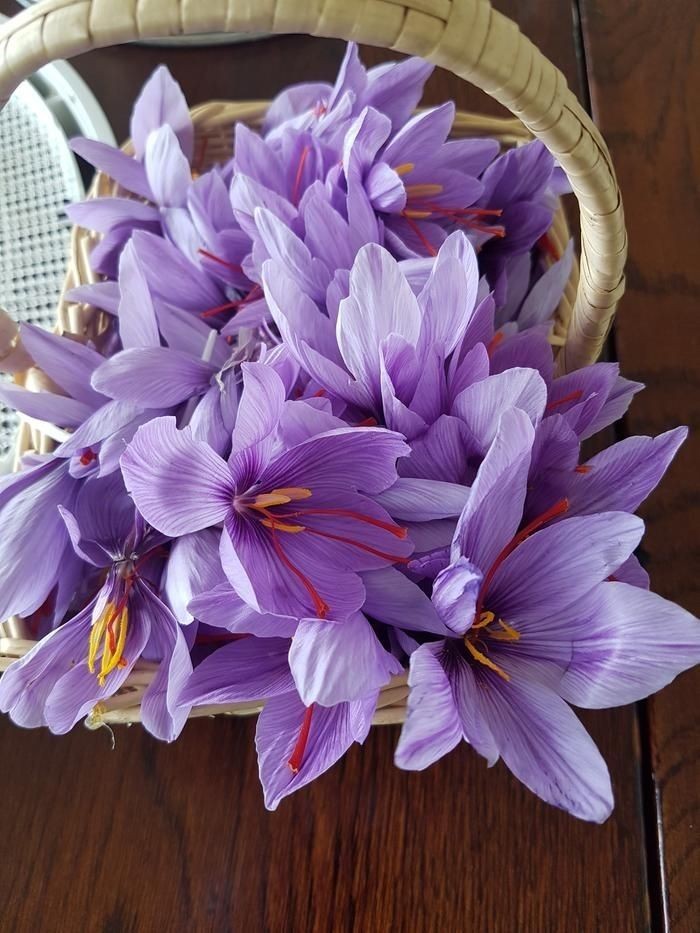Categories
The latest content
-
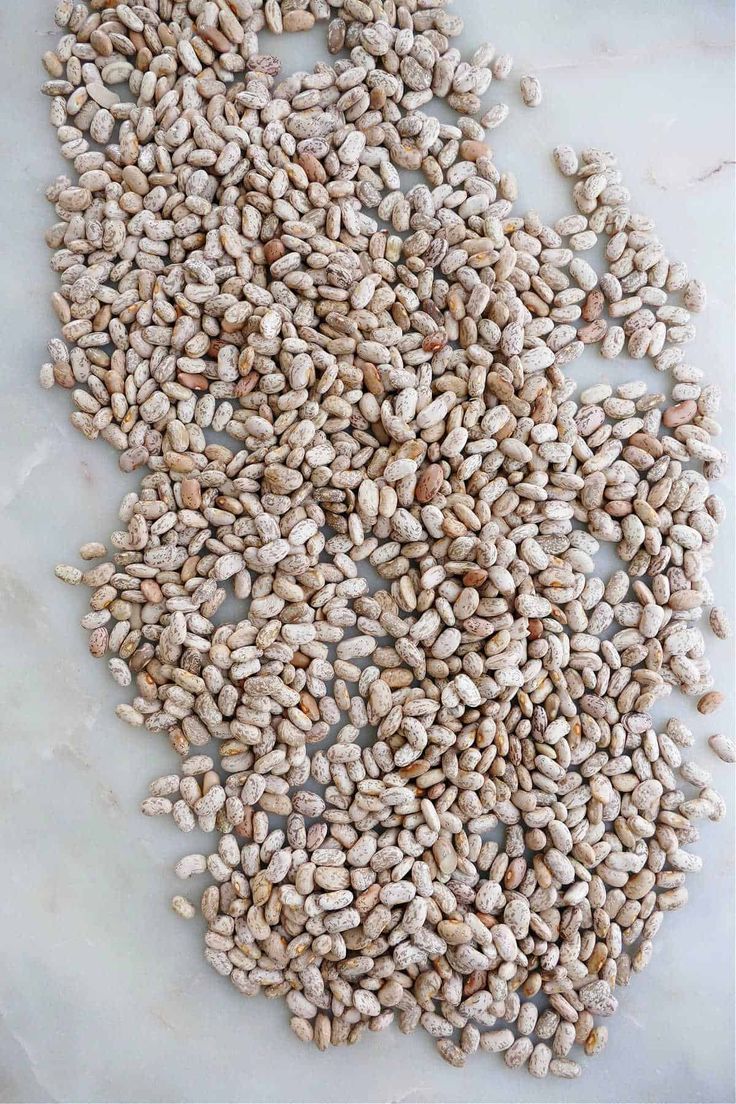
Customs Clearance & Import Regulations for Bulk Iranian Pinto Beans in EU, Middle East & Africa
..
-
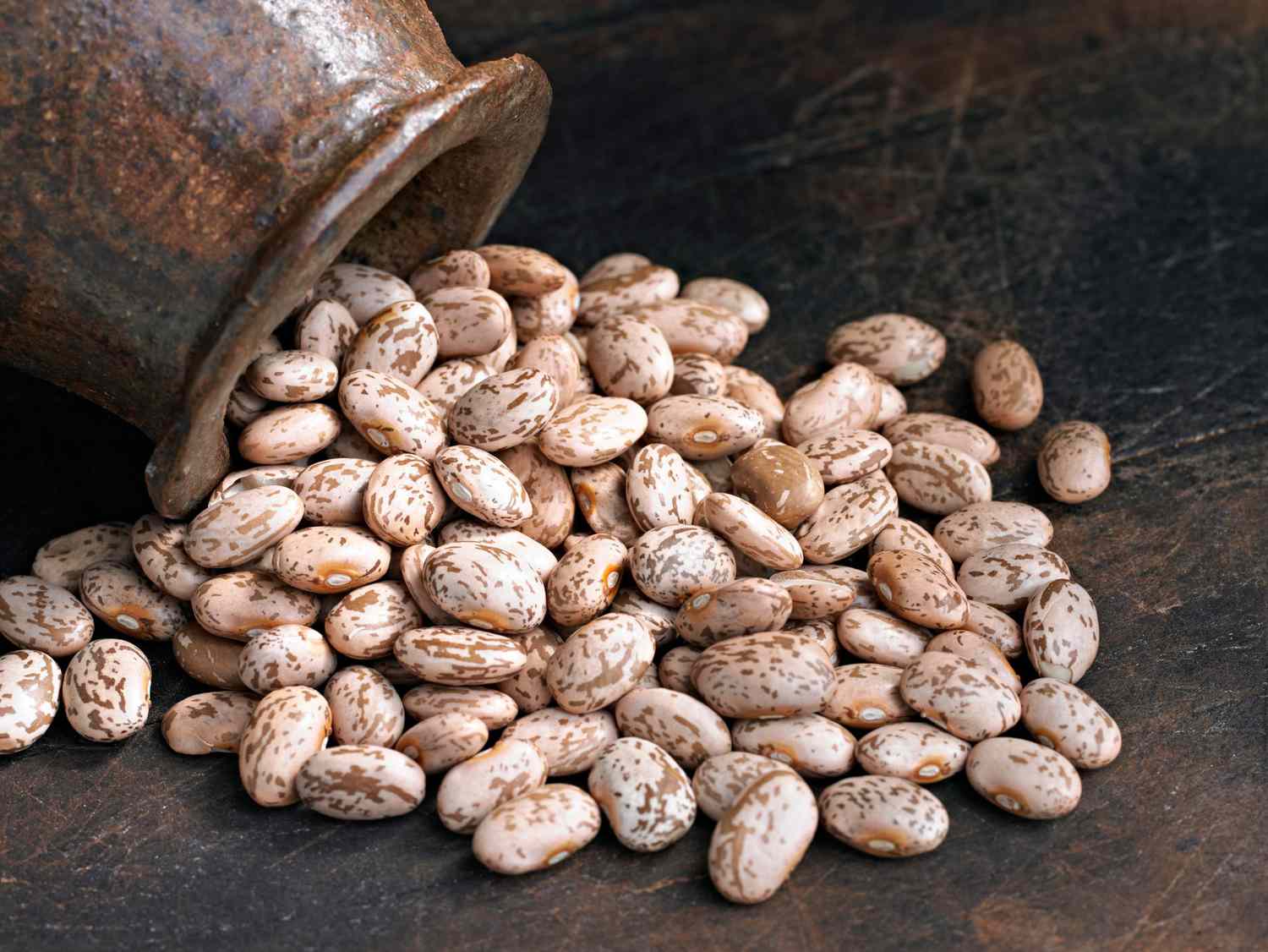
Quality Control & Laboratory Testing Standards for Iranian Pinto Beans
..
-
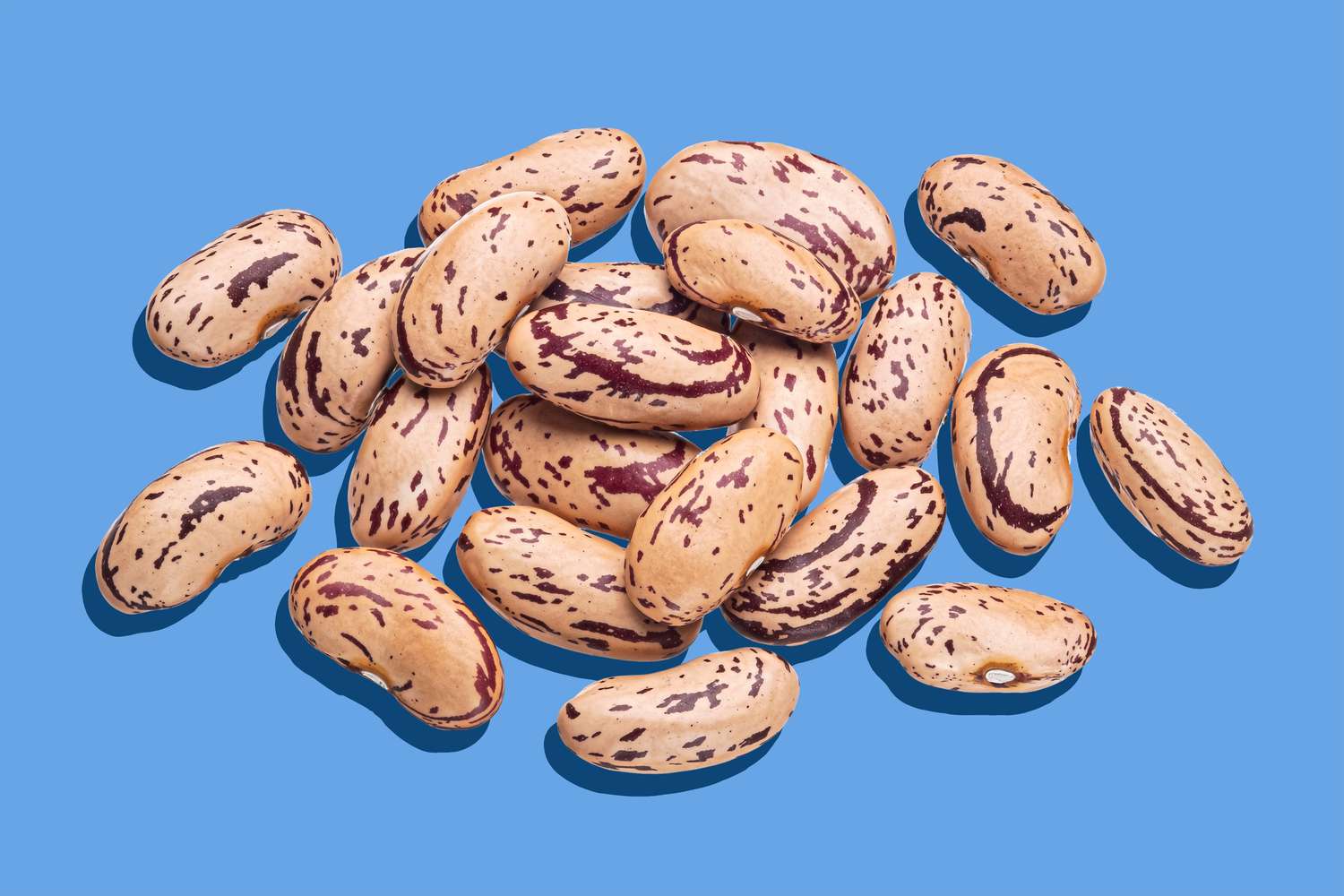
Logistics & Shipping Solutions for Bulk Iranian Pinto Bean Exports
..
-
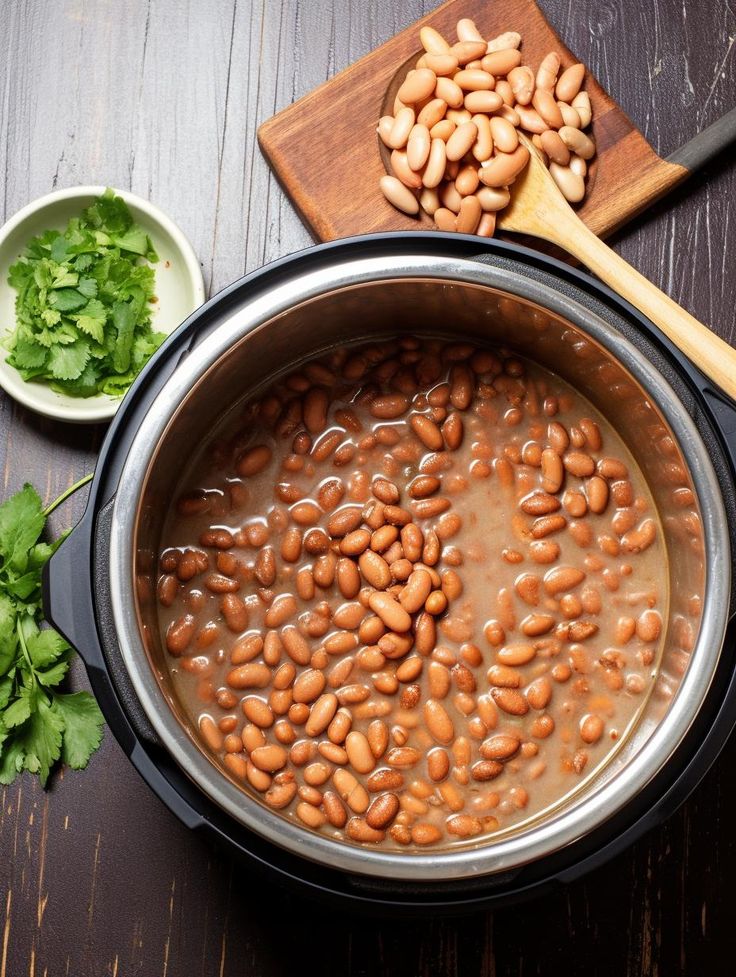
Minimum Order Quantity (MOQ) & Bulk Pricing for Iranian Pinto Bean Buyers
..
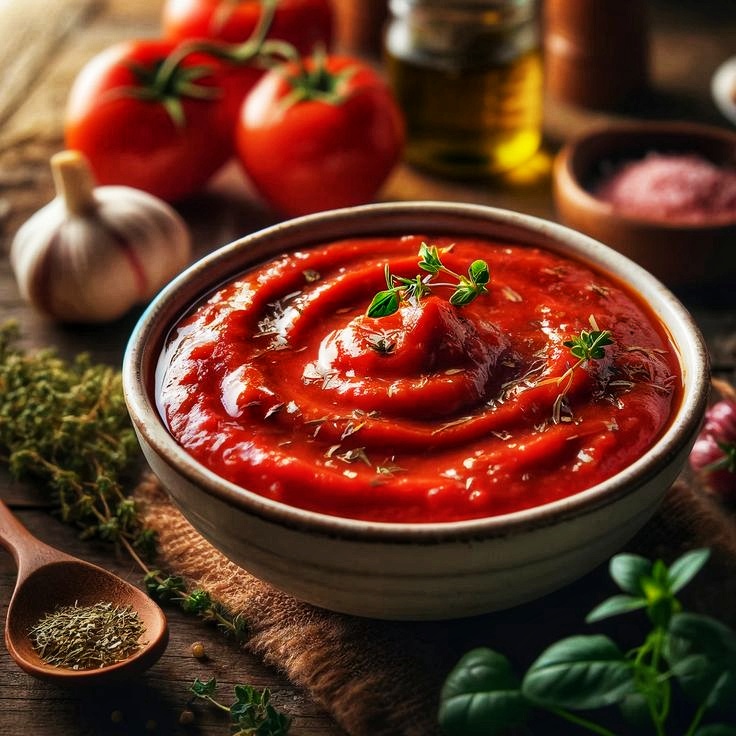
Tags
The Difference Between Iranian Rice and Basmati Rice: A Complete Comparison
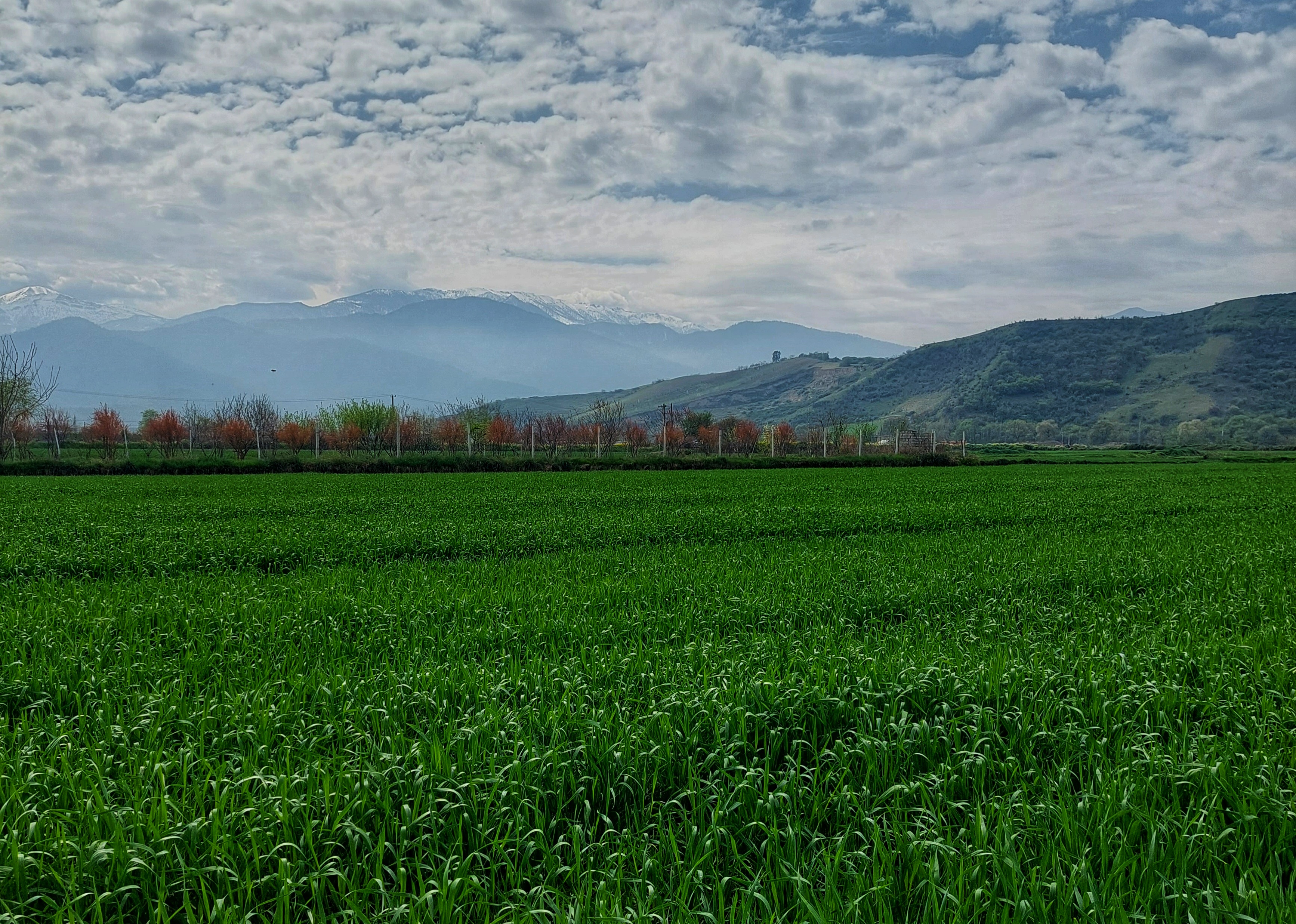
Rice is a staple food for more than half the world’s population, and among the premium varieties, Iranian rice and Basmati rice stand out for their unique qualities. Whether you’re an importer, distributor, or simply a food lover, understanding the differences between these two can help you make better choices.
In this article, we’ll compare Iranian rice vs. Basmati rice based on origin, aroma, texture, cooking behavior, and market preferences.
1. Origin and Cultivation Region
• Iranian Rice
Grown mainly in the northern provinces of Iran such as Gilan and Mazandaran, Iranian rice benefits from the region’s humid climate, natural water sources, and traditional farming techniques.
• Basmati Rice
Primarily cultivated in the Punjab regions of India and Pakistan, Basmati rice grows in the foothills of the Himalayas, where cool weather and mineral-rich soil shape its long grains.
2. Aroma and Flavor
• Iranian Rice
Known for its natural and earthy aroma, especially in varieties like Domsiah and Tarom Hashemi. It has a mild, pleasant scent that intensifies during cooking.
• Basmati Rice
Characterized by its nutty and floral fragrance, Basmati's aroma is often stronger due to a compound called 2-acetyl-1-pyrroline. Aged Basmati is even more fragrant.
3. Texture and Appearance
• Iranian Rice
Typically has medium to long grains that become soft and fluffy after cooking. It maintains a light, sticky texture ideal for Persian dishes.
• Basmati Rice
Known for its extra-long, slender grains that expand significantly when cooked. It stays non-sticky and separates easily, making it perfect for biryanis and pilafs.
4. Cooking Method
• Iranian Rice
Often cooked using the absorption or draining (Kateh/Polow) method, with emphasis on creating a crispy bottom layer called Tahdig, a signature of Persian cuisine.
• Basmati Rice
Usually boiled or steamed. While some Indian dishes also form a crust, it is less central than in Persian cooking.
5. Nutritional Value
Both types are rich in carbohydrates, low in fat, and gluten-free. However:
• Iranian rice (especially traditional varieties) is often grown with fewer chemicals and may have higher nutritional integrity.
• Basmati rice may have a slightly lower glycemic index, making it a better choice for diabetics in some cases.
6. Price and Market Demand
• Iranian Rice
Considered luxury rice, especially varieties like Domsiah and Sadri. It is more expensive due to limited production and high domestic demand.
• Basmati Rice
Widely available and exported in large volumes globally. Pricing varies depending on age and grade.
Conclusion: Which One Should You Choose?
• Choose Iranian rice if you’re looking for aromatic, traditional, and soft rice perfect for Persian or Middle Eastern cuisine.
• Opt for Basmati rice if you prefer non-sticky, long grain rice ideal for Indian, Pakistani, or international dishes.
Both are excellent in their own right, and your choice depends on the culinary context and consumer preference.
Looking to import premium Iranian rice directly from source?
Contact us today for bulk orders, samples, and pricing.



